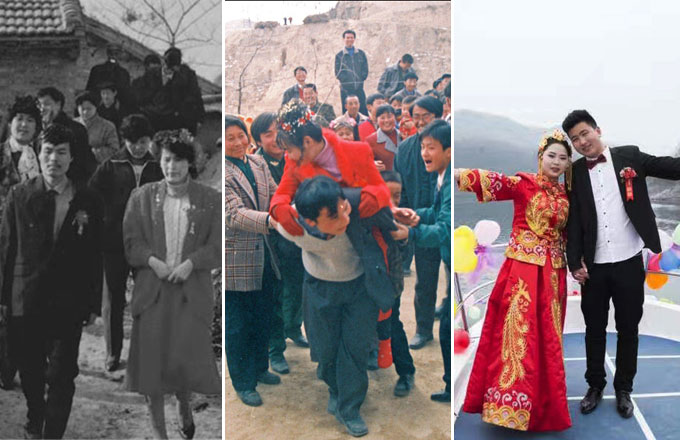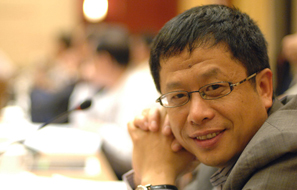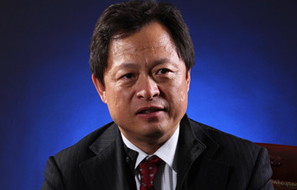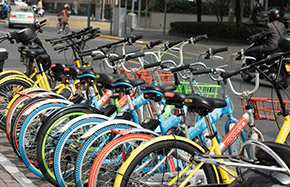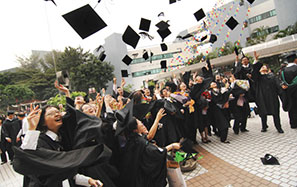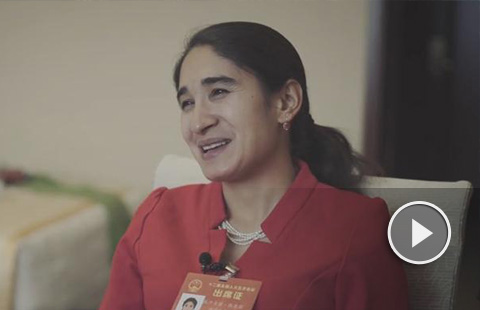More high-quality schools to be built
Mergers proposed as way to balance educational resources across Beijing
More high-quality schools will be built in Beijing to ensure that more children have access to a high standard of education, authorities said on Saturday.
According to a statement by the Beijing Municipal Education Commission, at least three mediocre or low-quality schools in six densely populated districts - Xicheng, Dongcheng, Haidian, Chaoyang, Shijingshan and Fengtai - will be merged with high-quality counterparts.
Within two or three years, 25 new high-quality schools will be established and the weakest schools in each district will be merged with strong ones or become part of a high-quality school alliance, the commission said.
It also said schools in the six districts would start to aid the development of at least 15 low-quality schools in Beijing's outskirts or suburban areas.
Meanwhile, primary and junior middle schools are not allowed to cooperate with real estate companies to run branches, the authority stated.
Schools are also banned from having campuses outside the capital without permits from the commission. However, programs that are in line with the coordinated development of Beijing, Tianjin and Hebei province are an exception.
The commission said the steps have been taken to boost the balanced development of educational resources and educational equity.
Real estate companies have previously worked with schools with high-quality educational resources and opened campuses near residential developments invested in by these companies, with people who bought the houses able to send their children to the schools.
The practice is popular in many big cities, including Beijing, which has a population of almost 22 million and where demand for high-quality educational resources greatly exceeds supply.
Another practice for parents to secure a place at a high-quality school for a child, which is even more popular in Beijing, is to purchase "school district houses", a term used to describe houses that are adjacent to prominent primary and junior middle schools.
About 70 percent of the city's key primary and junior middle schools are located in Xicheng, Haidian and Dongcheng districts, according to research by Lu Ming, a professor at Shanghai Jiao Tong University's Antai College of Economics and Management. Currently the price for such "school district houses" has soared to more than 100,000 yuan ($15,000) per square meter.
These practices are believed to have been a driving force behind rising property prices in the capital and are believed to be unfair on children whose parents cannot afford expensive school district houses.
Chu Zhaohui, a researcher with the National Institute of Educational Sciences, said high property prices are an external reflection of unbalanced educational resources among different districts.
"More efforts are needed from the municipal government to foster a more balanced distribution of high-quality educational resources," Chu said.




